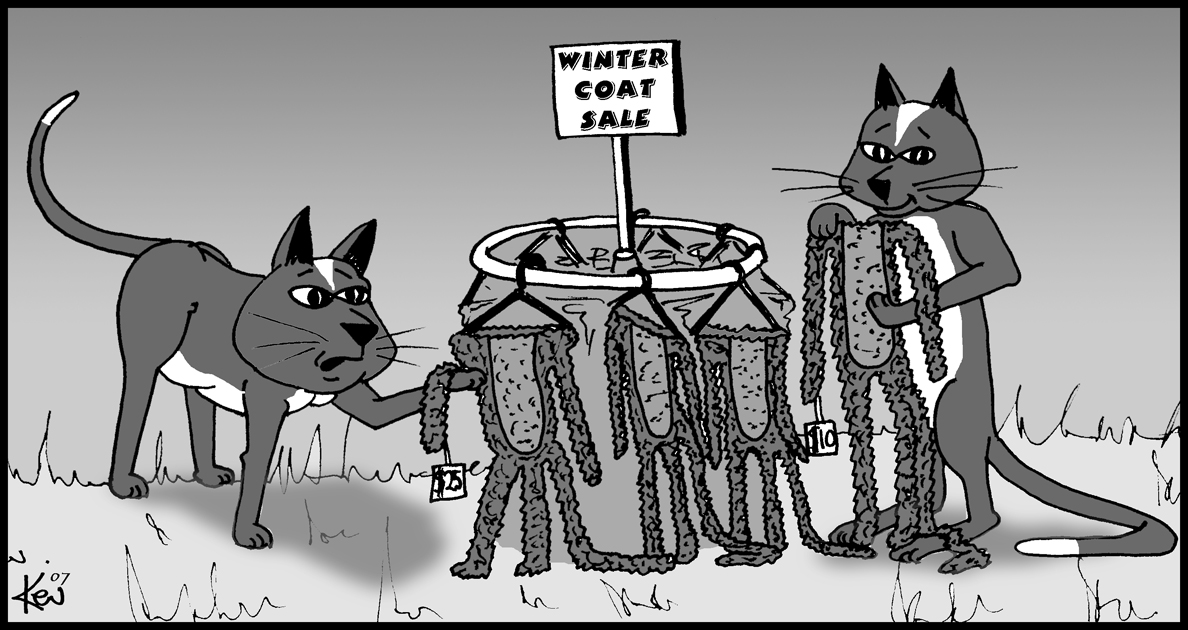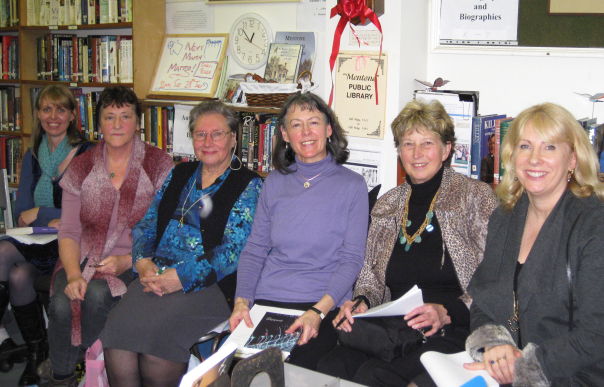

Blog
Welcome to the Busybird blog, where you can find helpful articles, updates, industry news and more. Make sure you stay up to date by signing up to our newsletter below.
Characters – Part 1: What’s in a Name?
October 3, 2012When creating characters, how deep to you go in constructing who they are? Do you just name them, offer a basic description, and away you go, often only really finding out about them as your write? Or do you look to create as many layers as possible, wanting to intimately know your character before you set them in motion?
There’s no hard and fast rules on how to create a character the way there would be in creating an actual human being. But unlike creating a human being, you can pre-plan every detail about your character … although some might find once they’ve set their character in motion, they’ll take on a life of their own and do something wholly unanticipated.
We’re going to run a series of blogs on character creation, looking at different aspects of character.
Part 1: What’s in a Name?
Yes, this would seem basic enough. Just name the character Joe Blow, and there you are.
However, I’ve always thought that names help define people. More than that, they characterise people. Think about the people you know. How many are there who share the same name? Do they share similar characteristics? I once had three different friends with the same name and while they were good guys, they were all annoying. (I won’t mention what name it was.)
Jerry Seinfeld had a comic bit that if you named your kid ‘Jeeves’ you were pretty much mapping out his vocation (as a butler). Names are defining. We see that often in stories, where tough characters are given tough names and geeks are given names considered stereotypically geeky.
So how do we find the names we want?
I have several books of Baby Names which’ll I go through, trying to find names that will fit my characters. Seeing the definitions behind names is also useful. It mightn’t (and in all likelihood won’t) play a factor in the story itself, but it does add texture to a character.
Similarly, I have folders and folders containing surnames, which I’ve broken down by nationality. Some also have definitions. (Surnames can easily be Googled, i.e. ‘Most popular surnames’, or throw a nationality into the search also to get a specific list of surnames.)
Then I’ll write all the possibilities down in a notebook – Christian names in one column, surnames in the other. What follows is simply a case of what sounds good (to me) and what I think fits the character. Is he a Jack or is he a Robert? Robert Harmon might have a nice ring for my purposes, whereas Jack Harmon doesn’t.
Something else to consider are the range of names you employ, so I’ll also write out the alphabet on a page. When I find a name I want to use, I’ll strike out the letter it begins with and will then try not to use another name beginning with this letter. This helps avoid too many similar sounding names, e.g. Jack, Joel, James. You might be able to keep them all clear in your head, but readers might lose track of who’s who if too many characters have similar names, (unless, for some reason, there’s a point to making the names sounding similar, e.g. like Christopher Nolan’s film Memento).
From there, it’s a case of how that name is employed. For instance, how would Robert Harmon like to be addressed? As Rob? Bob? Bobby? Bert? Or even Harm? Perhaps his boss calls him ‘Robert’ (implying a formal relationship), his wife calls him ‘Rob’ (which is much more familiar), whereas his brother calls him ‘Bobby’ (much more informal).
There’s so much that can be done with a simple name, and the choices we make tells us so much (more) about our characters.
Finally, names are often our first impression of a character, and the way we’ll start to shape of visualisation of them in our heads, so it’s important we get the name which are just right.
LZ.
A New Beginning.
September 26, 2012We are closing … our [untitled] website.
That’s right, the [untitled] website will be expiring at the end of the month, (give or take a day or two).
Instead of being scattered across the net, we’ll be consolidating [untitled] into the Busybird Publishing website. So you can now find the [untitled] page here and submissions page here. All the other [untitled] stuff is also there – the FAQ, the Competition page, and the Contact page. (Keep in mind that our email address has changed to untitled.at.busybird.com – obviously substituting ‘@’ for ‘at’). We’ll also be adding stuff, like actual stories that have won or archived in our competitions.
Ultimately, you can find [untitled] and all of Busybird’s products in the Our Books menu.
As an aside (albeit an important one), please be aware that page seventeen is also following suit.
Having spruiked all that, please keep in mind that we are actively seeking submissions for issue six, which is due out (hopefully) in March or April of next year. So if you’ve got a story you think is right, feel free to fire away.
If you’re (still) wondering what we’re looking for, well, we’ve banged on about this ad nauseam, but we just want a good story. If you go back over previous issues, we’ve published drama, romance, satire, experimental, horror, and the list goes on. What they all have in common, though, is that they’re all great stories, stories you can lose yourself in whilst reading – the best sort.
We don’t have any real deadline. Anything which doesn’t make it into consideration for any given issue is rolled over into the next. However, at the moment, issue six is an open slate.
So get writing.
Get submitting!
LZ.
The Power of Self-Publishing
September 15, 2012

Self-publishing a book is very empowering. With less than ten percent of work that is submitted to traditional publishers being published, it’s any wonder that writers keep going. We find that for the average 200 submissions that we get for each issue of [untitled], that we only publish about a dozen. This isn’t because what we receive is bad writing, it just isn’t of the standard that we can work with.
This is why we are very passionate about helping people to realise their dream of being published and to eradicate that 80s stigma of ‘vanity’ publishing. Any writing has an element of vanity or ego. Why else would a person spend so much time working at it and suffering the rejection that essentially is the life of a writer? (remember there’s 90 percent-ish being rejected). But there is also an element of wanting to find the truth in the writing and sharing it with the world, whether it is fact or fiction.
For us, there is great satisfaction of working through a project with a writer, helping with the editing or putting it together in preparation for printing, and being there with them when they realise their dream. For us, the aha moment is when we’re at the launch and the author is sitting at the ‘signing’ table with a stack of their books and a huge grin on their faces.
Young Writers
August 5, 2012 Well it’s time for us to go off to a writers’ camp again. Not so far to travel this time, in fact not even out of Melbourne. Today we’ve been writing up questions for a quiz and thinking about what sort of things year 7–10 students might like to write about.
Well it’s time for us to go off to a writers’ camp again. Not so far to travel this time, in fact not even out of Melbourne. Today we’ve been writing up questions for a quiz and thinking about what sort of things year 7–10 students might like to write about.
I remember when I was in high school, I liked to write stories that were pretty tragic, like the world ending (Day of the Triffids was inspiration) or other themes that I thought at the time were pretty deep. A very vivid memory for me was in Year 12 English when I received an A for a short story about my relationship with my father. I still have that story. But more important than the mark I received for it is the fact that it was encouragement to keep writing. This reminds me that while these writing camps are fun and don’t add to the students marks, it’s important for us to take them seriously because we’re helping them form a relationship with the written word (or creating stories with words, pictures and photographs) and a wrong word (in our feedback) can make a difference to their confidence.
It’s going to be fun working with them on their photo stories, flash fiction and cartooning. Hopefully, there’ll be something they remember in years to come that inspired and encouraged them.
Writing Through Adversity
July 8, 2012 I was fortunate to be asked to attend a panel last week at Mentone Library to discuss ‘Writing Through Adversity’, because of our published book, Journey: Experiences with Breast Cancer. This book has already received great feedback despite the fact that it’s only now just reaching the bookshops.
I was fortunate to be asked to attend a panel last week at Mentone Library to discuss ‘Writing Through Adversity’, because of our published book, Journey: Experiences with Breast Cancer. This book has already received great feedback despite the fact that it’s only now just reaching the bookshops.
The panel consisted of five women (one being Mairi Neil, who contributed to our book) who talked about how writing has helped them cope with difficult times in their lives. It occurred to me as I was listening to various discussions that this is true for myself. In fact, when I look back at my personal journal writing, most of the entries are made when I was going through troubling times. Seems when I’m happier, I don’t feel the need to write. Is this because when I’m unhappy, I spend more time wallowing in it? I don’t think so. I think that writing has always helped me make sense of things. It’s the time when I can write to my ‘therapist’ who is in fact myself. But on the page, I can make statements that I know will not be shot down or thought ridiculous. And I can answer those statements and try to come up with solutions.
Adversity is like a strong wind. It tears away from us all the things that cannot be torn, so that we see ourselves as we really are. – Arthur Golden, Memoirs of a Geisha.
Isn’t this why many people write? To make sense of the world? To find the truth about life? And this is why people read. To make sense of the world and to realise that although they may feel like an odd ball, they are in fact like many other people.
So you cannot have writers without readers. They go hand in hand. And for those writers who boast that they don’t read, you’re doing yourself a disservice. And for every writer who wants to improve their craft. Go read a book!
